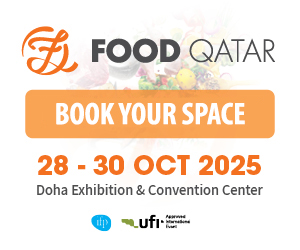In the highlands of Al Jabal Al Akhdhar and the Western Hajar range, olive trees flourish in a revitalised agricultural landscape that reflects Oman’s vision for food security and diversified income sources.
The sector’s roots trace back to the 1990s, when 10,000 saplings from various cultivars were introduced. Some varieties adapted swiftly to local conditions, laying the foundation for a promising new agricultural venture.
Today, the success story extends beyond cultivation. In 2022, Oman harvested over 83 tonnes of olives and produced 10,000 litres of olive oil. However, demand still far exceeds local supply, with more than 24,000 tonnes of olives imported between 2020 and 2022 — highlighting the urgency to scale up domestic production.
Government support has been instrumental. Through free sapling distribution, farmer training programmes, and the establishment of modern olive mills, the number of trees has doubled to 20,000. Omani olive oil is now earning regional and international recognition for its premium quality and unique flavour.
For sustained growth, challenges must be addressed — a mission led by Prof. Rashid bin Abdullah al Yahyai of the College of Agricultural and Marine Sciences. His project maps optimal cultivation zones based on climate and water resources, introduces high-yielding varieties, and promotes best practices in pruning, irrigation, and fertilisation.
Innovation is also shaping the sector’s future. By-products such as olive leaves and pomace, often discarded, are being developed into value-added nutritional and functional products. Research aims to boost processing efficiency and create sustainable solutions to operational challenges.
Together, these initiatives chart a clear path — not only towards self-sufficiency but also towards positioning Oman as a competitive player in the regional olive market. In doing so, the country strengthens food security and drives economic growth through an innovative and sustainable agricultural model.
Source: Oman Daily Observer


















































































